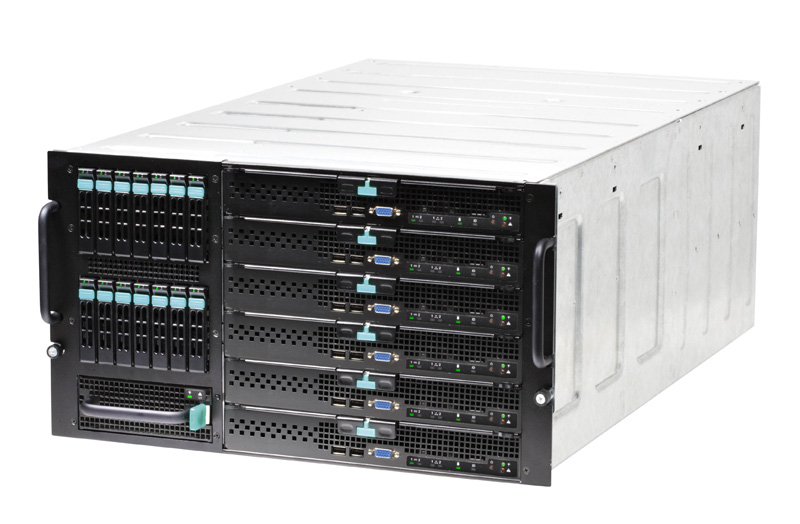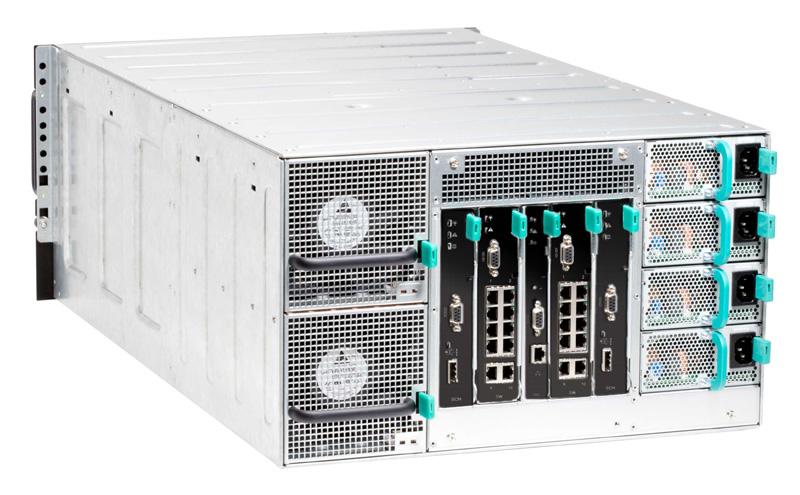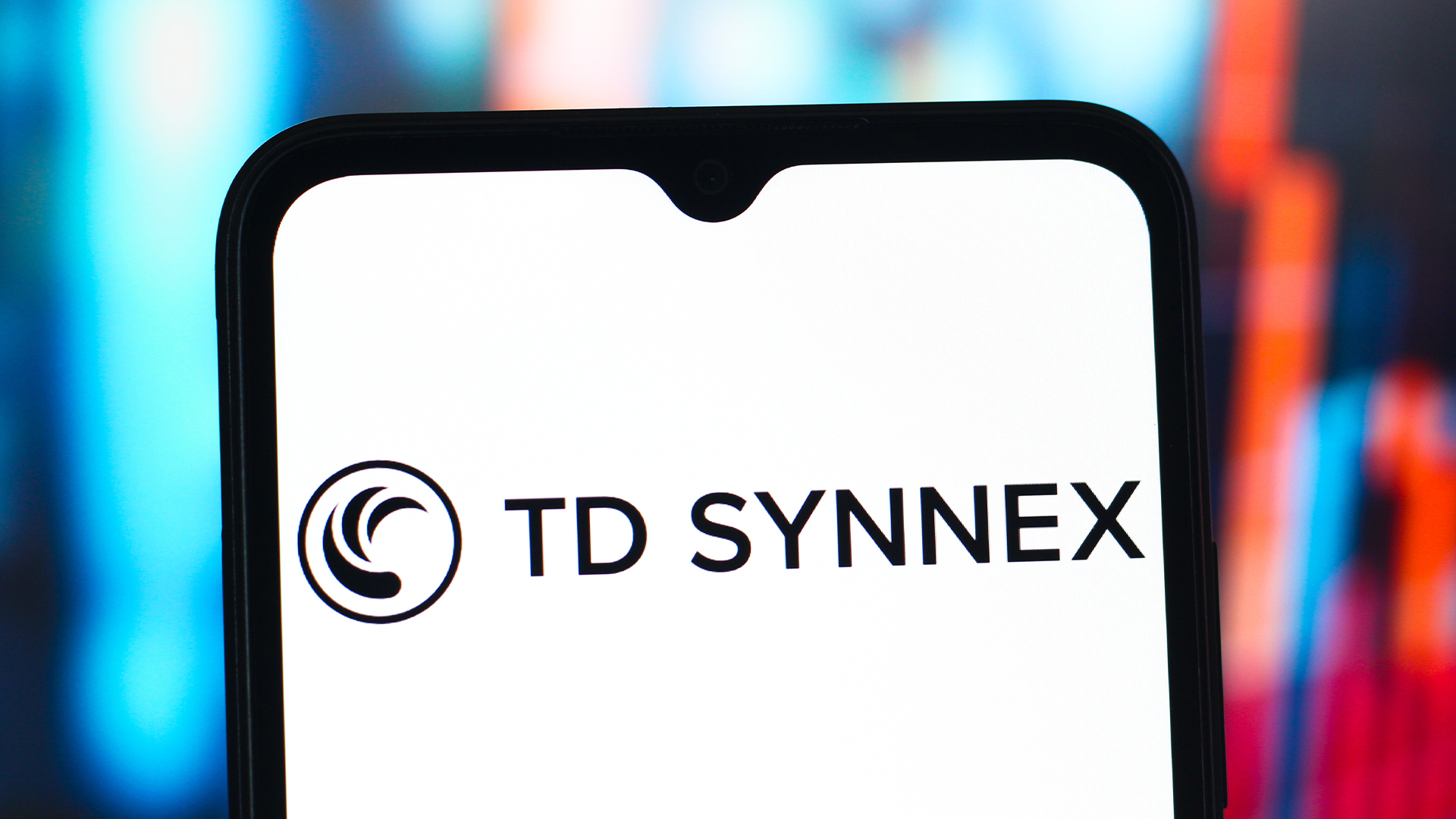Broadberry Intel Modular Server review
Broadberry offers SMBs an affordable blade server with some unusual storage features and a sharp focus on virtualisation. In this exclusive review, Dave Mitchell takes a closer look at Intel’s Modular Server and tests its VM live migration feature.
Broadberry’s Intel Modular Server is more cost-effective than HP’s C3000 and just as easy to deploy. Its internal SAN allows all server blades to be diskless, although the controller still only supports 3Gbit/s speeds. The virtualisation option is excellent value and its live migration worked seamlessly during testing, but bear in mind that support for dual storage controllers has yet to be implemented.

The belief that blade servers are only for enterprises was shattered when HP, and more recently Fujitsu, launched scaled-down versions of their high-end systems aimed firmly at SMBs. We've already had exclusive access to the HP BladeSystem c3000 and the Fujitsu Primergy BX400 S1, and in this exclusive review, we take a closer look at Intel's very own Modular Server.

Supplied by Broadberry Data Systems, the Intel Modular Server is designed for SMBs looking to consolidate their IT services onto a single platform. It's designed to beat the blade competition on value and this latest version supports Intel's integrated virtualisation features.
Intel's Modular Server is designed for SMBs looking to consolidate their IT services onto a single platform.Size-wise, the Modular Server matches the HP and Fujitsu models with its 6U chassis. Server blade support is more limited though, since while it has room for up to six compute blade modules, Intel only offers one model.
The modules use Intel's custom MFS5520VIR motherboard, which supports two Xeon 5500 or 5600 processors and up to 192GB of memory. Both the Fujitsu BX400 and HP c3000 have eight half-width slots and provide a wider range of server blade options.
When it comes to storage, the two fixed bays at the front of the Modular Server each support three LFF drives or seven SFF drives. This is where Intel differs radically from the competition, as neither the BX400 nor c3000 have any integral storage support, and so the server blades must carry their own or slots must be dedicated to storage blades.
All drive bays in the Modular Server are linked to the chassis midplane and routed to a storage controller blade at the rear. This allows an internal SAN to be set up where selected disks are placed in storage pools that can then be used create virtual drives, each with their own RAID array.

Sign up today and you will receive a free copy of our Future Focus 2025 report - the leading guidance on AI, cybersecurity and other IT challenges as per 700+ senior executives
Dave is an IT consultant and freelance journalist specialising in hands-on reviews of computer networking products covering all market sectors from small businesses to enterprises. Founder of Binary Testing Ltd – the UK’s premier independent network testing laboratory - Dave has over 45 years of experience in the IT industry.
Dave has produced many thousands of in-depth business networking product reviews from his lab which have been reproduced globally. Writing for ITPro and its sister title, PC Pro, he covers all areas of business IT infrastructure, including servers, storage, network security, data protection, cloud, infrastructure and services.
-
 UK say firms say no to AI job cuts: 32% expect to hire more staff as leaders double down on ‘specialist roles’ and productivity gains
UK say firms say no to AI job cuts: 32% expect to hire more staff as leaders double down on ‘specialist roles’ and productivity gainsNews There's good news for British workers worried about AI job cuts, with new research showing that 78% of business leaders don't expect its to lead to a drop in headcount.
By Emma Woollacott Published
-
 TD Synnex launches new workshop to help partners drive AI adoption
TD Synnex launches new workshop to help partners drive AI adoptionNews The distributor’s new AI Game Plan will aid partners in identifying and prioritizing customer AI use cases
By Daniel Todd Published
-
 Google is scrapping its dark web report feature — here's everything you need to know and some alternative options
Google is scrapping its dark web report feature — here's everything you need to know and some alternative optionsNews Google said while the dark web report feature offered “general information”, the tool didn’t provide “helpful next steps” for users potentially impacted by a breach.
By Emma Woollacott Published
